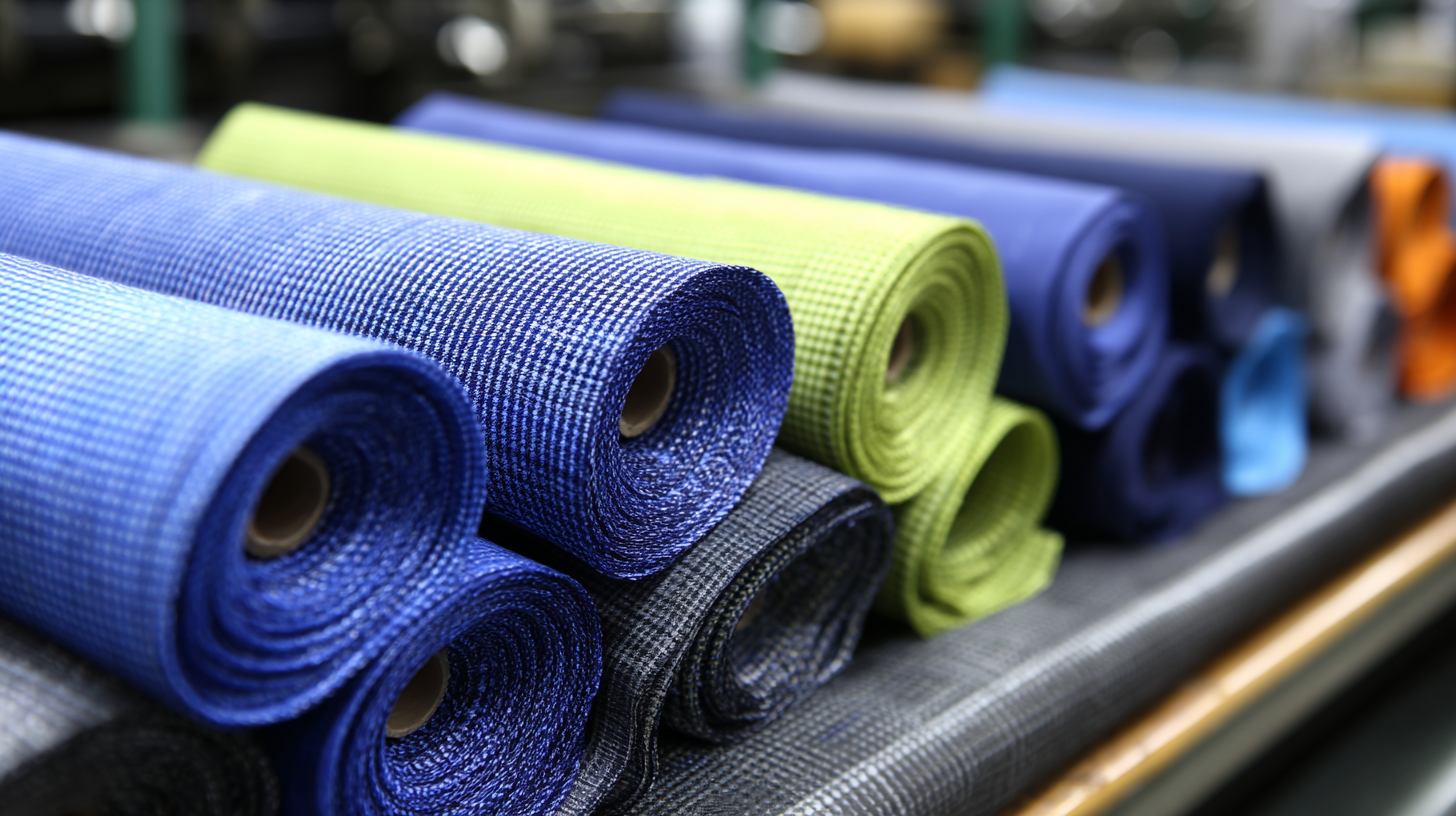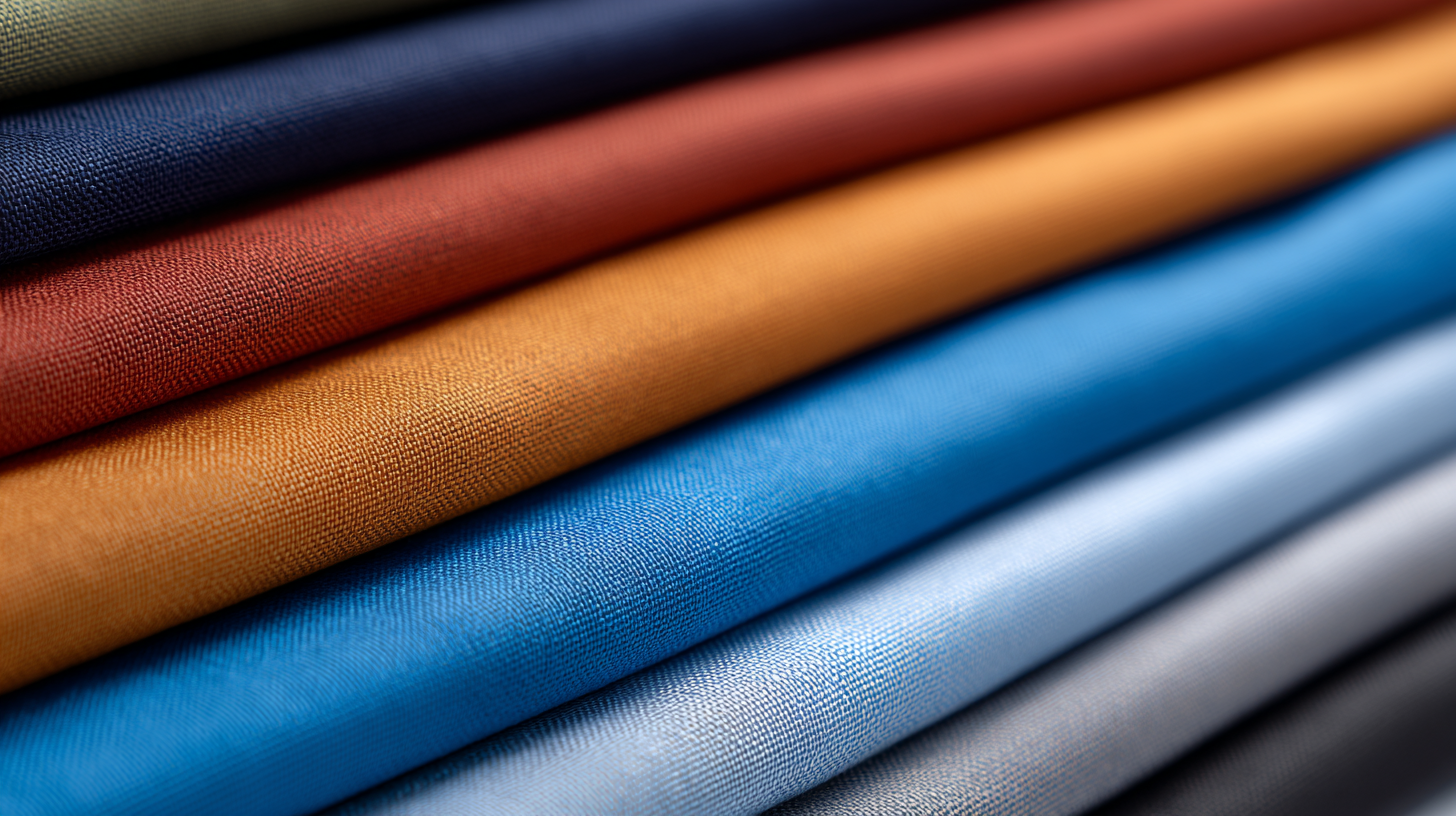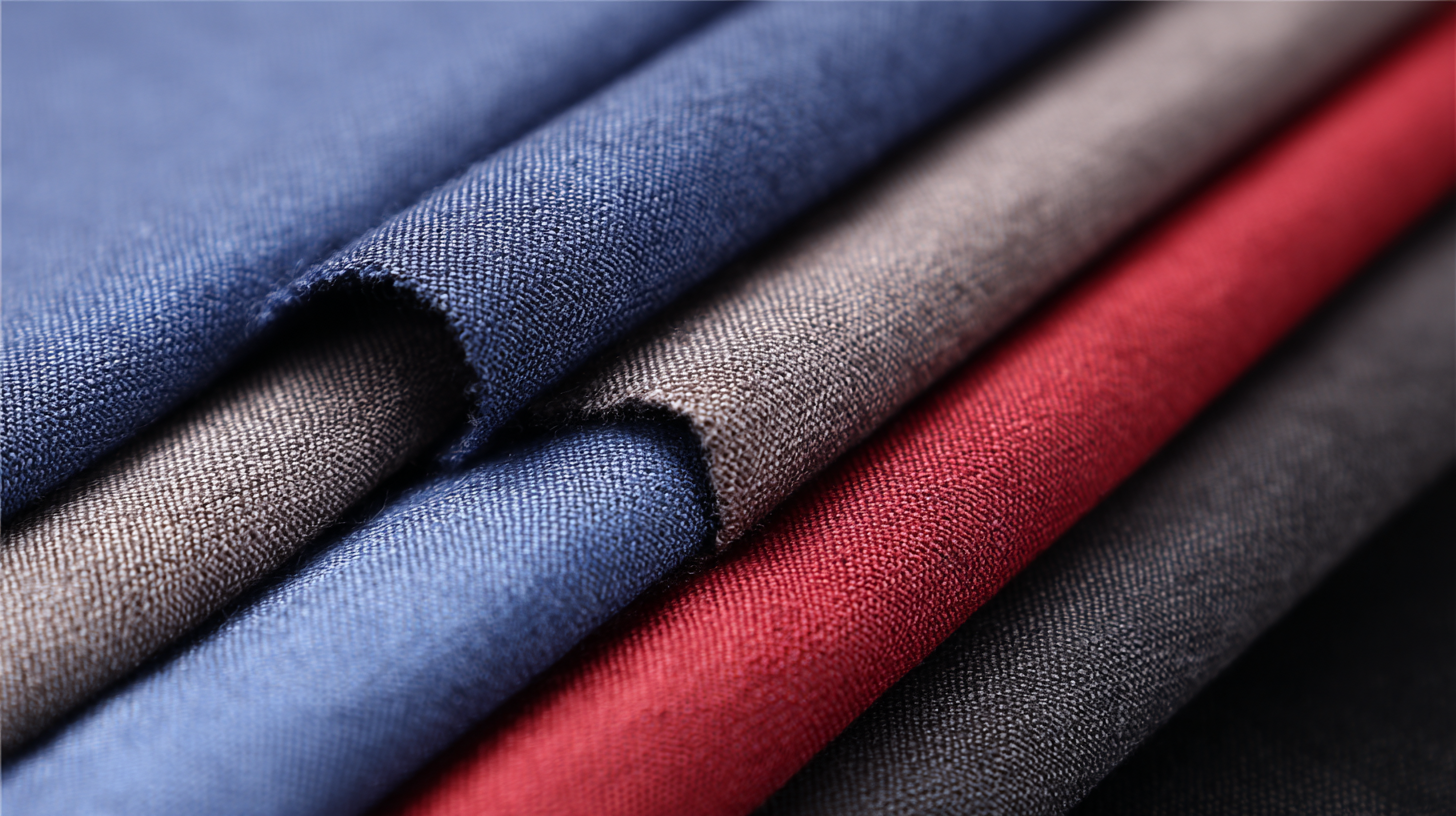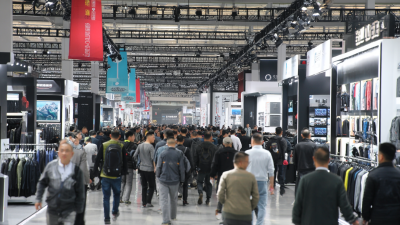- +86 13957580925
- 510515850@qq.com
- adela0928@163.com
In the ever-evolving landscape of modern fashion, the choice of materials plays a crucial role in defining both the aesthetics and functionality of garments. One fabric that has garnered significant attention among designers and manufacturers is Pongee Lining Fabric. Known for its lightweight and durable properties, Pongee is increasingly favored for its versatility in various applications, ranging from high-end outerwear to everyday apparel.

According to the latest reports from the Fashion Institute of Technology, the demand for innovative lining materials like Pongee has surged by over 30% in the past five years, driven by consumer preferences for comfort and style. Additionally, the sustainable production methods associated with Pongee, including the utilization of recycled fibers, align with the industry's growing commitment to eco-friendly practices. As we delve deeper into the benefits of Pongee Lining Fabric, we will explore how it enhances garment performance while meeting modern aesthetic standards.
When selecting the right pongee lining fabric for your fashion needs, it's crucial to consider several key factors that can influence both the quality and appeal of your garments. Pongee, a lightweight and durable fabric, is renowned for its smooth texture and excellent drape, making it a favored choice in various fashion applications. According to a report by the Textile World Association, Pongee fabrics often score high in consumer satisfaction due to their breathability, which ensures comfort in any season, and their ability to retain dye, offering vibrant color options for designers.
Additionally, the choice of pongee can be guided by the specific end-use of the garment. For instance, a thin pongee might be ideal for lining jackets and stylish blouses, offering a sleek silhouette without adding bulk. In contrast, heavier varieties are suitable for outerwear, providing adequate insulation while still allowing for movement. The global fabric industry has noted a rising trend in sustainable and eco-friendly textiles, with pongee lining made from recycled materials seeing a significant increase in demand—up to 15% annually, as noted by the Sustainable Fashion Forum. Therefore, selecting the right pongee not only involves considering thread count and weave but also understanding the impact of your choices on both fashion and the environment.
 Pongee lining fabric has become a notable trend in the fashion industry, offering benefits such as durability, lightweight comfort, and resistance to wrinkles. When evaluating the quality of pongee lining in clothing and accessories, it is essential to pay attention to several factors. High-grade pongee should have a smooth texture and a consistent Color fastness, which can be verified through reliable sources or certifications.
Pongee lining fabric has become a notable trend in the fashion industry, offering benefits such as durability, lightweight comfort, and resistance to wrinkles. When evaluating the quality of pongee lining in clothing and accessories, it is essential to pay attention to several factors. High-grade pongee should have a smooth texture and a consistent Color fastness, which can be verified through reliable sources or certifications.
In the rapidly growing sportswear market, expected to reach $371 billion in 2024 and surge to $715 billion by 2034, the demand for high-quality fabrics like pongee is set to rise. The sports clothing segment, including activewear and accessories tailored for activities such as basketball and skiing, underscores the importance of quality lining materials. As fashion enthusiasts seek both performance and style, distinguishing genuine pongee fabric can greatly enhance the longevity and aesthetics of sportswear. Retailers and consumers alike should prioritize products that feature quality linings, as they contribute significantly to the overall wearability and appeal of fashionable sports apparel.
Incorporating Pongee lining into fashion design can elevate a collection with its numerous benefits. As a lightweight woven fabric, Pongee offers a rich, luxurious feel while enhancing the overall drape of garments. Its smooth texture not only adds comfort but also improves the garment's structure. Designers often use Pongee for its ability to resist wrinkling, which is crucial for maintaining a polished look throughout the day. According to industry reports, Pongee is becoming increasingly popular in modern fashion, with a notable increase in its use for both linings and outer materials, responding to consumers' demand for versatility and style.
**Tips for Incorporating Pongee Lining:**
When integrating Pongee into your designs, consider layering it strategically. Use it for jacket linings or as a contrasting material in skirts to create depth. Additionally, ensure that you properly care for garments featuring Pongee; while it can often handle machine washing, following care labels is essential to maintain its texture and appearance. Exploring color and print variations in Pongee can also lend a unique touch to your designs, making them not just fashionable but also functional for everyday wear in fluctuating temperatures.
Ultimately, Pongee provides an opportunity for designers to merge comfort and elegance, catering to the modern consumer's lifestyle.

Pongee lining fabric is celebrated for its smooth texture and durability, making it a popular choice in contemporary fashion. However, to truly benefit from garments made with pongee lining, understanding how to care for them is essential for ensuring longevity.
Firstly, when washing pongee-lined garments, always use cold water and a gentle detergent. Avoid bleach, as it can damage the fine fibers of the pongee. Instead, opt for a delicate cycle, and if possible, hand wash to minimize wear and tear. After washing, hang the garments to dry away from direct sunlight to prevent fading and shrinkage.
**Tips**: Store pongee-lined clothing in a cool, dry place, ideally in breathable garment bags. This will protect the fabric from dust and moisture. Additionally, when ironing, use a low heat setting with a pressing cloth to safeguard the delicate lining without causing any damage. Following these care instructions will help keep your pongee-lined garments looking pristine for years to come.
| Feature | Description | Care Instructions |
|---|---|---|
| Lightweight | Pongee fabric is lightweight, making it ideal for layering without bulk. | Dry clean or hand wash to maintain lightness. |
| Water Resistance | Pongee lining has a degree of water resistance, enhancing durability in various weather. | Avoid harsh detergents to preserve water repellency. |
| Smooth Texture | The smooth finish of pongee adds comfort and style to garments. | Use a gentle cycle during washing to maintain texture. |
| Versatility | Can be used in various types of garments, from jackets to dresses. | Store in a cool, dry place to prevent damage. |
| Easy Maintenance | Pongee tends to resist wrinkling, making it low-maintenance. | Iron on a low setting if necessary; avoid high heat. |
Pongee lining fabric, known for its lightweight and soft texture, plays a crucial role in enhancing the comfort and style of modern fashion. This versatile fabric not only adds a luxurious feel to garments but also supports breathability and moisture-wicking properties, making it an ideal choice for activewear and everyday clothing. Designers increasingly utilize pongee lining in their collections, allowing for a seamless drape and elegant finish that elevates any outfit.
The recent trends in fashion, particularly the blending of different cultural and historical elements, underscore the importance of materials like pongee. By integrating this fabric into designs, brands can create pieces that not only highlight contemporary aesthetics but also respect traditional craftsmanship. This harmonious approach, as seen in spring-summer collections, demonstrates how pongee lining can serve as a bridge between comfort and innovation, enabling wearers to express their individuality without sacrificing functionality.
The bar chart above illustrates the various benefits of pongee lining fabric in modern fashion, highlighting its high levels of comfort, breathability, and durability, as well as its importance in enhancing style while remaining lightweight.






